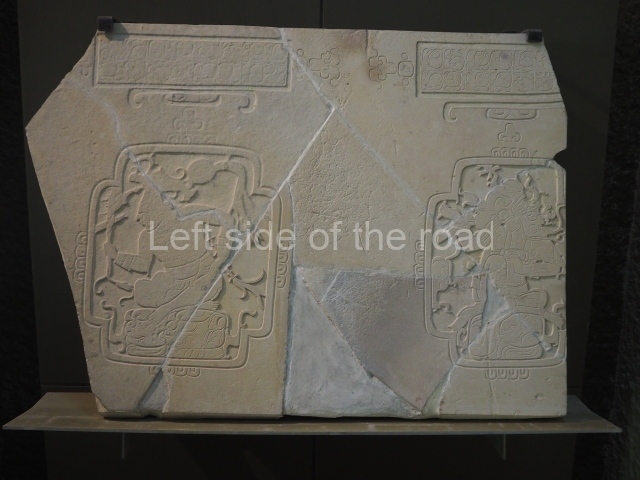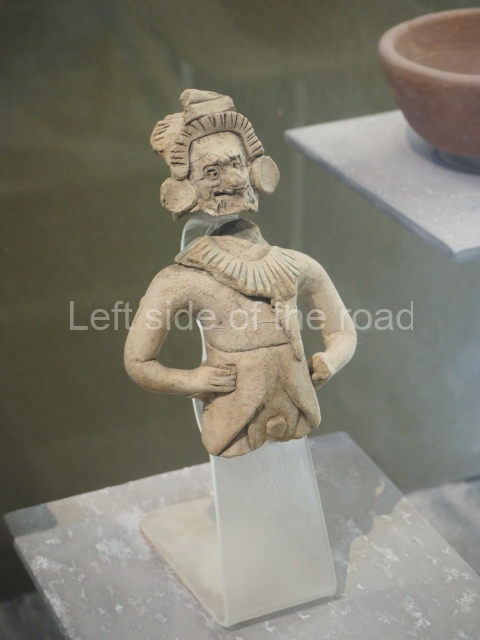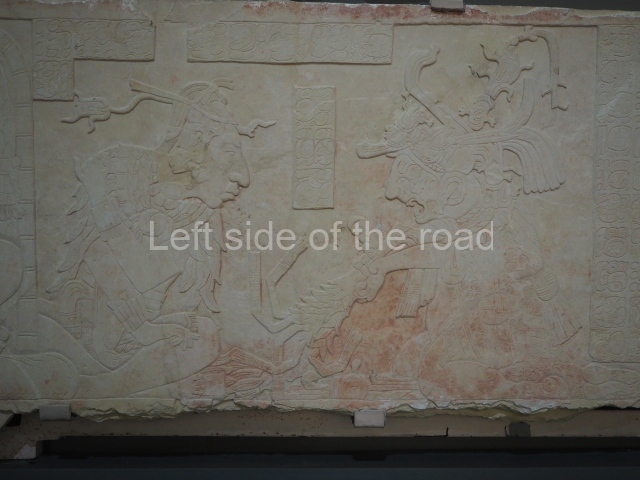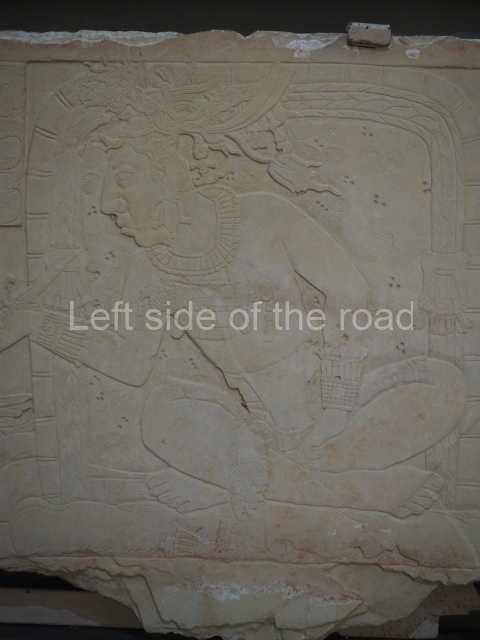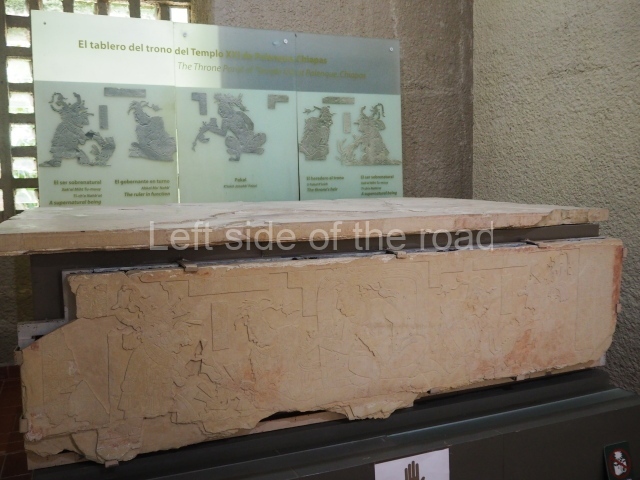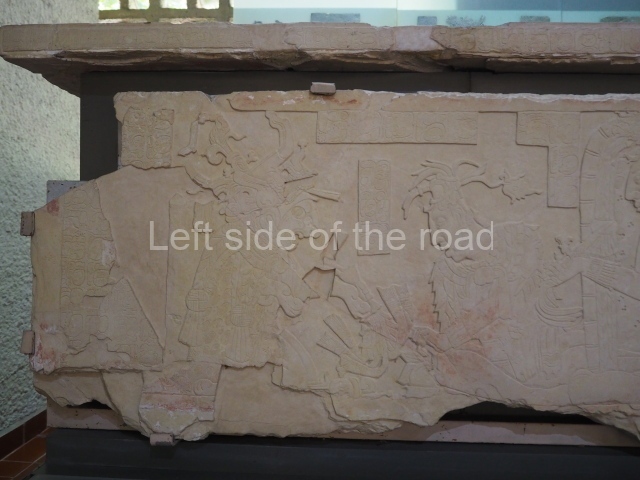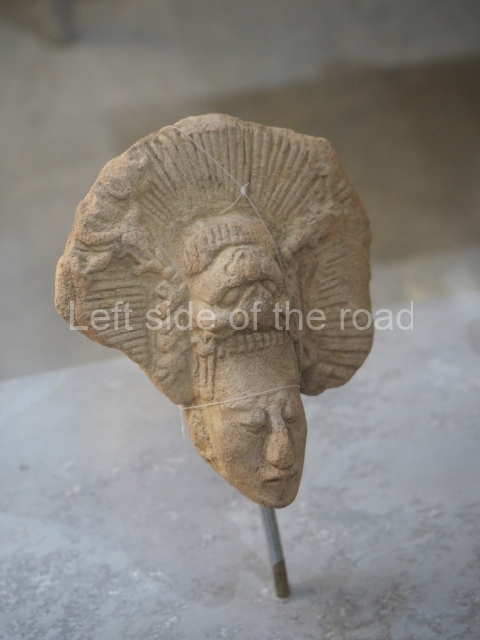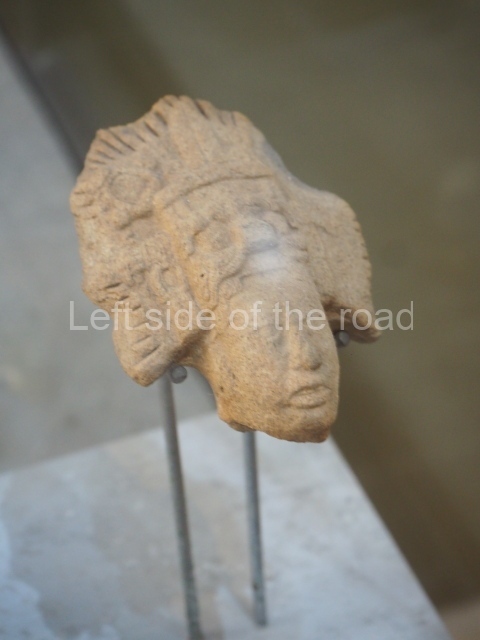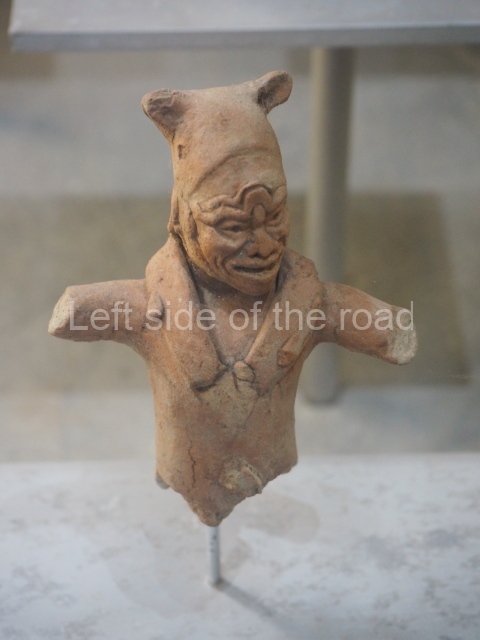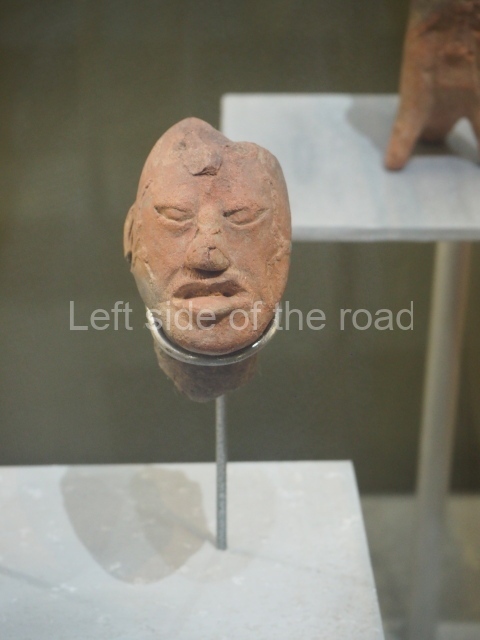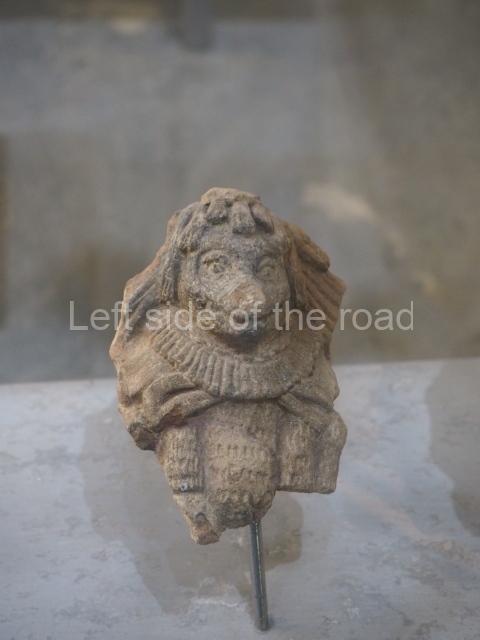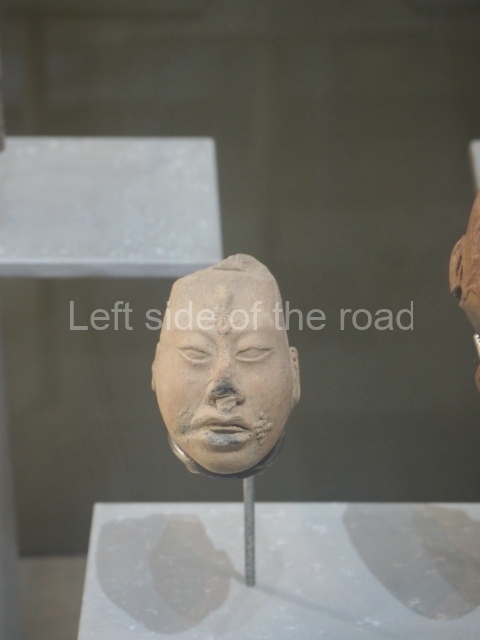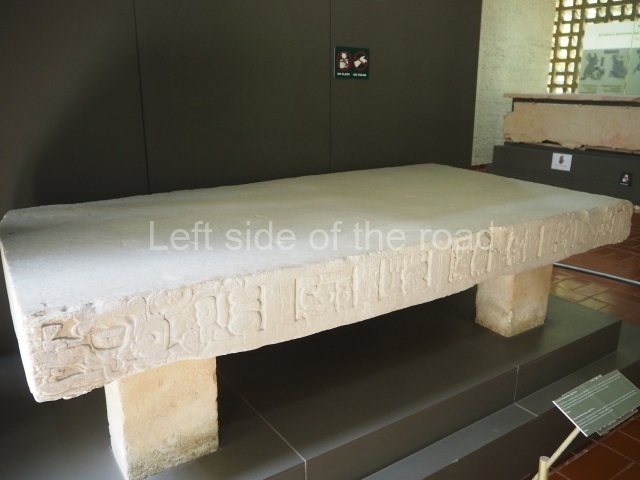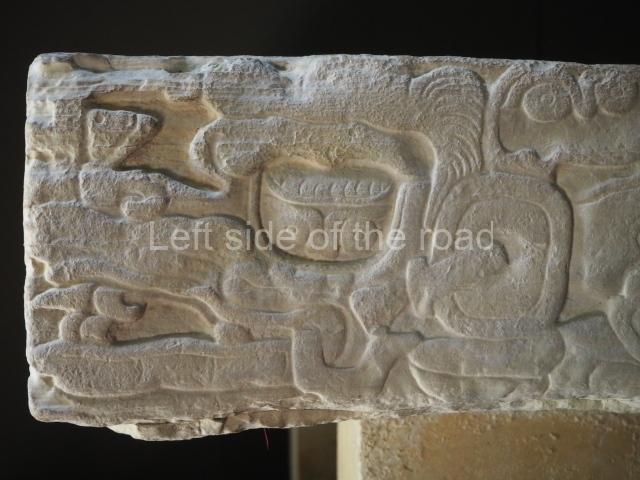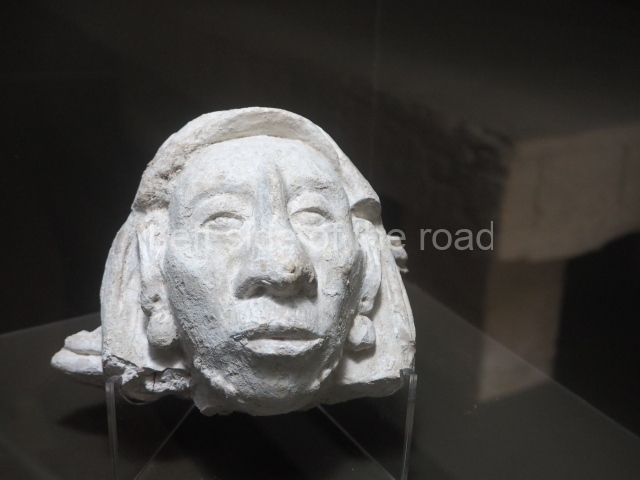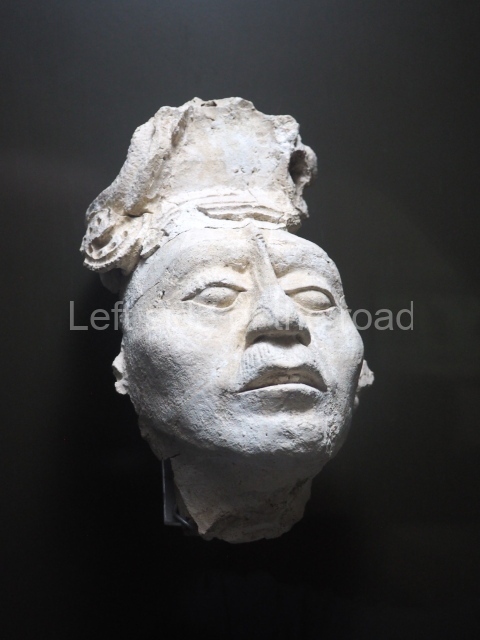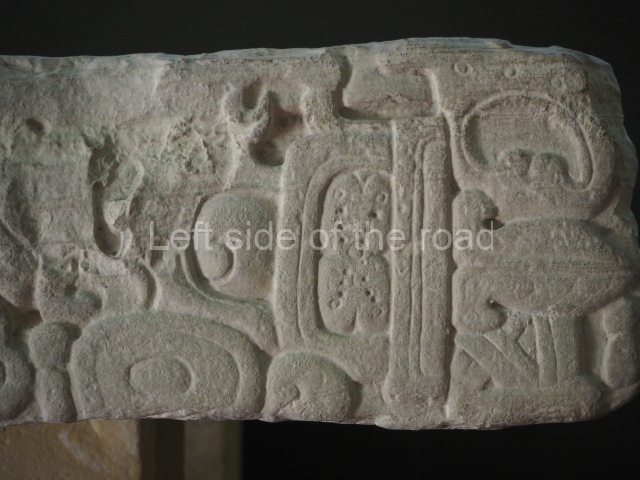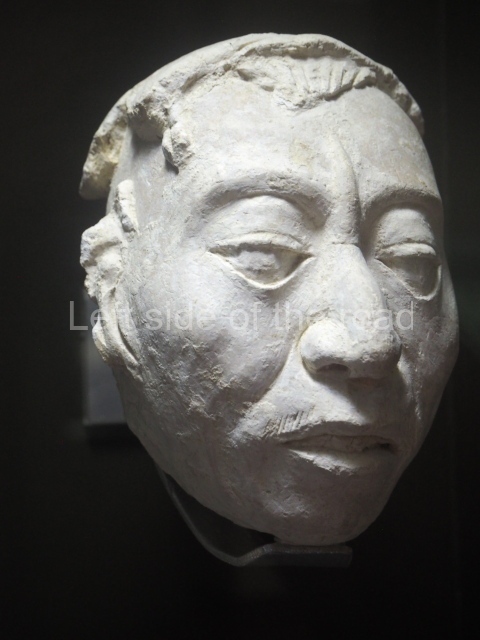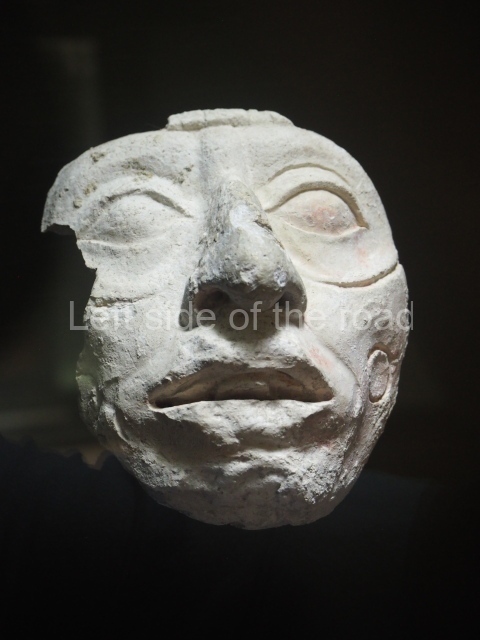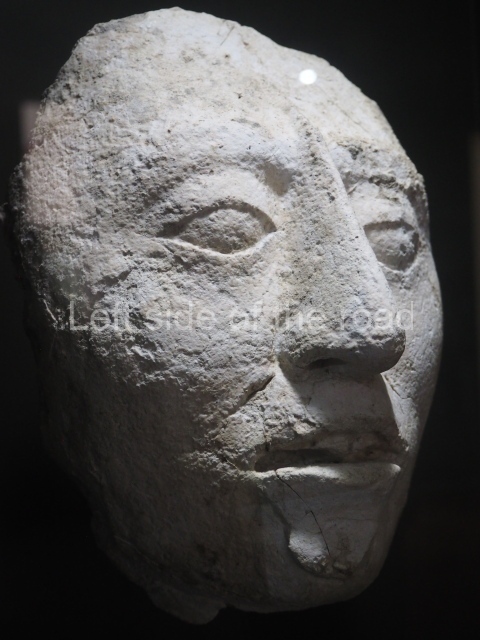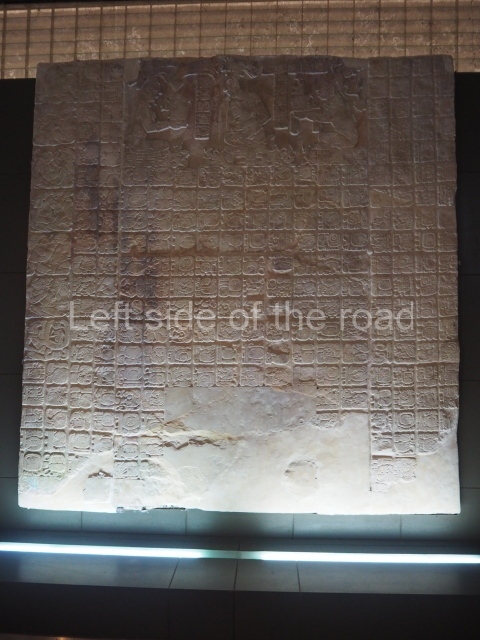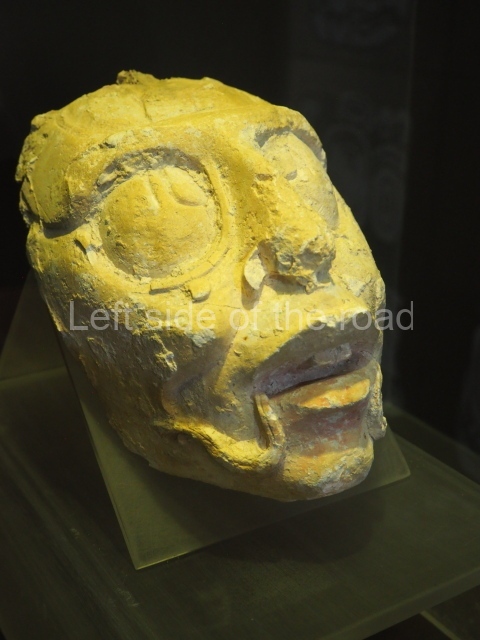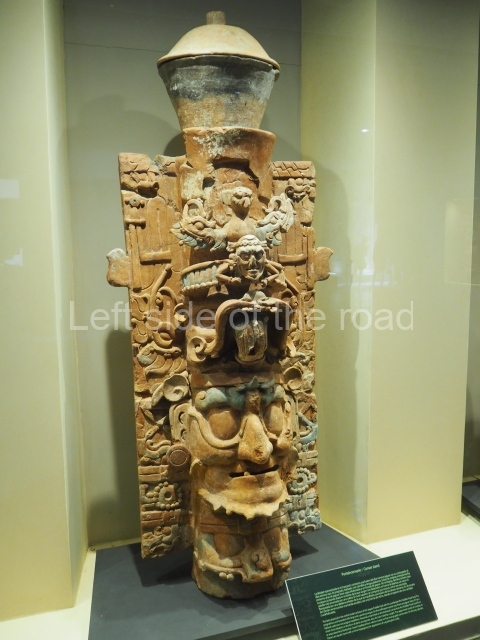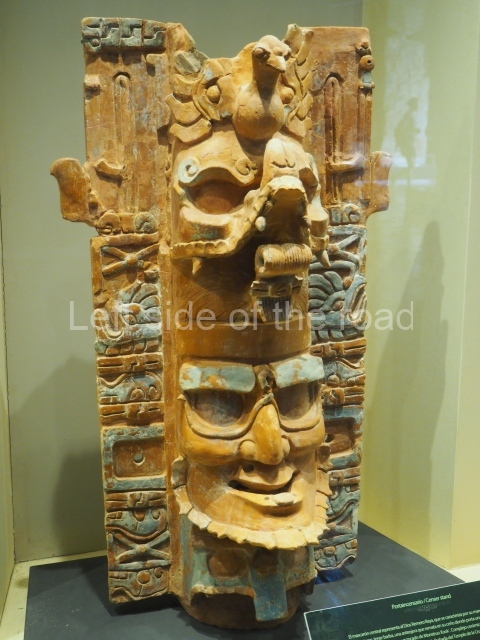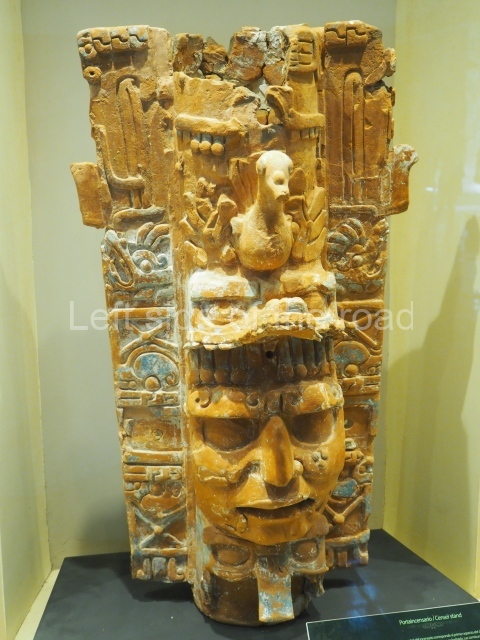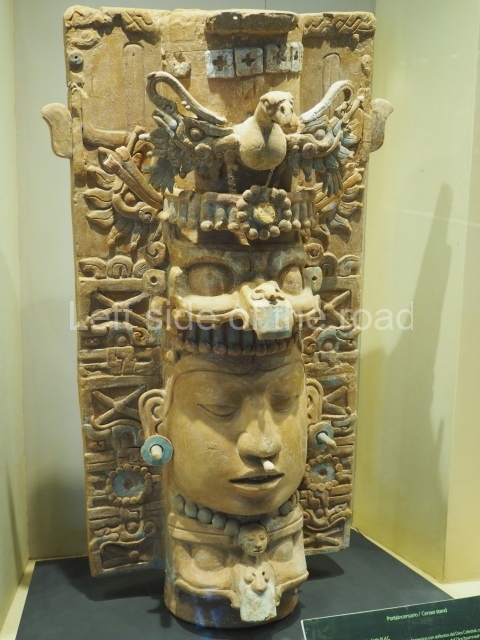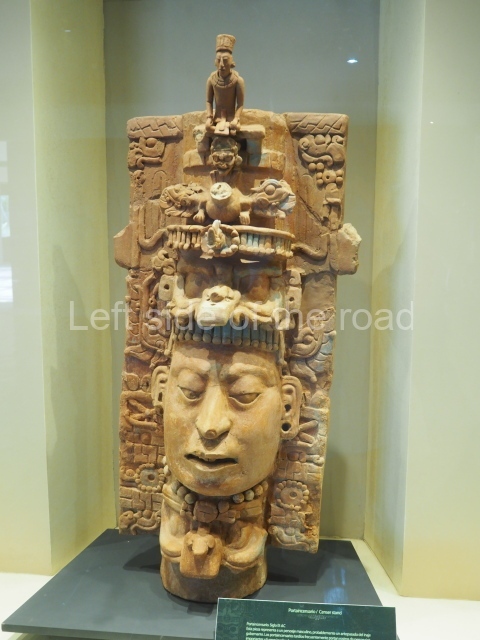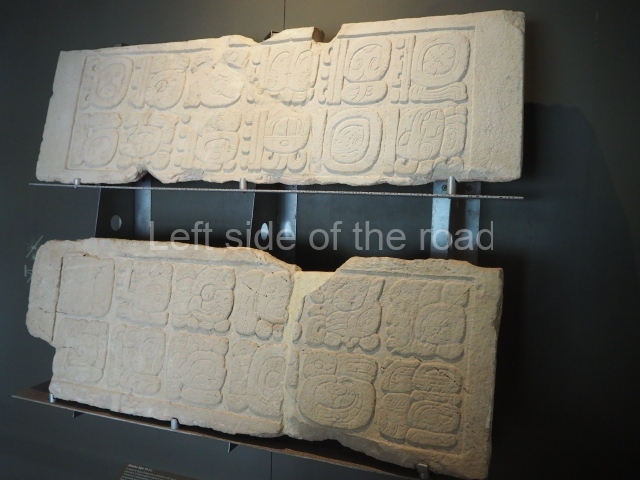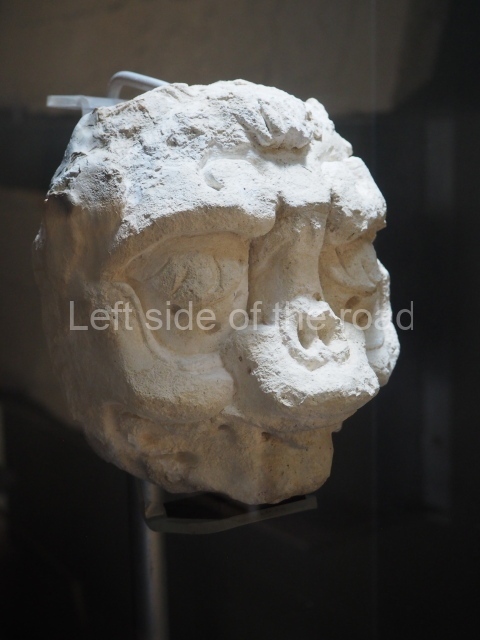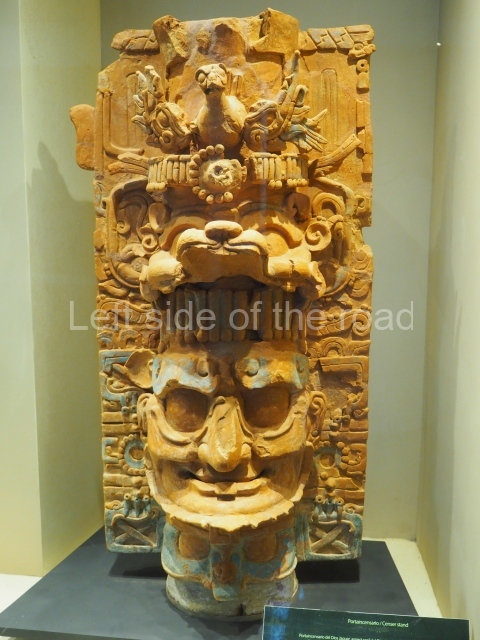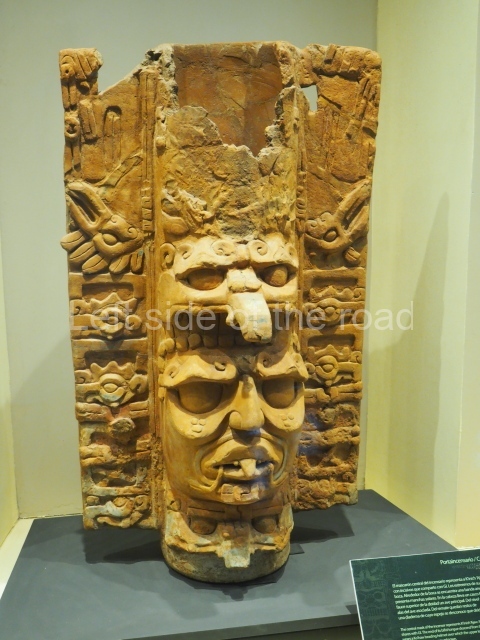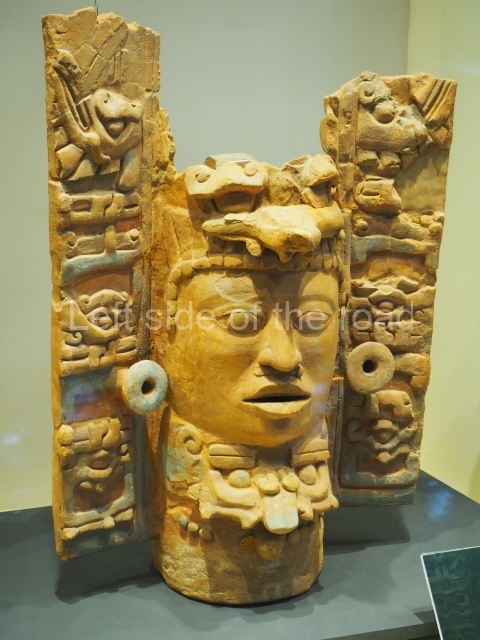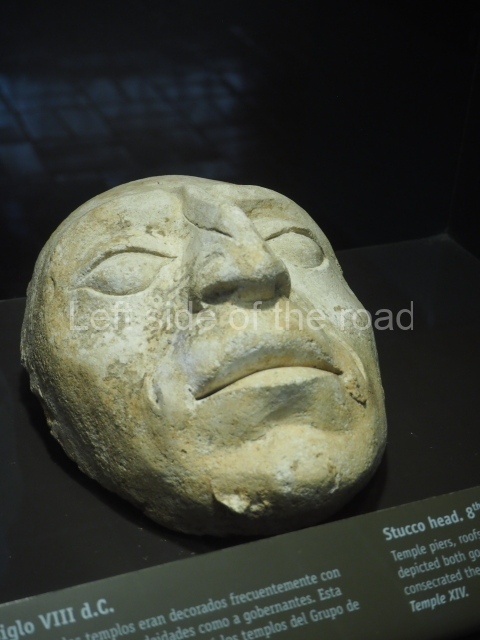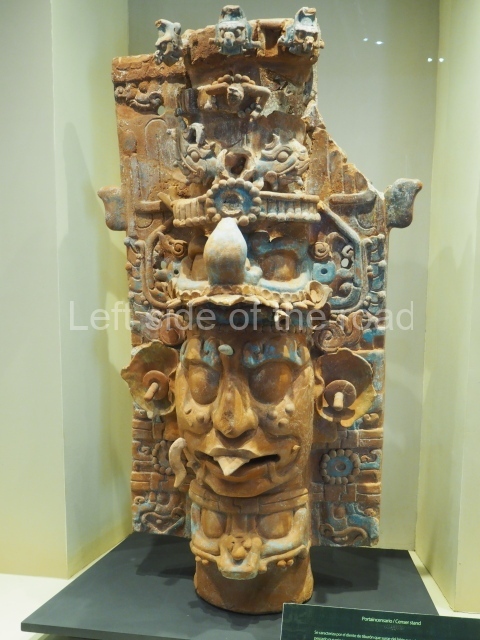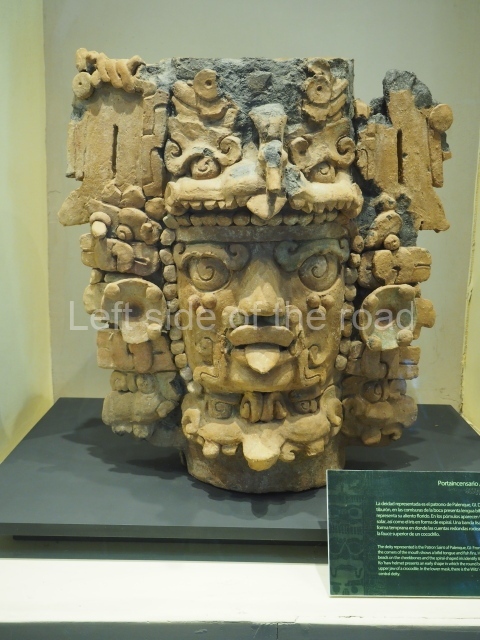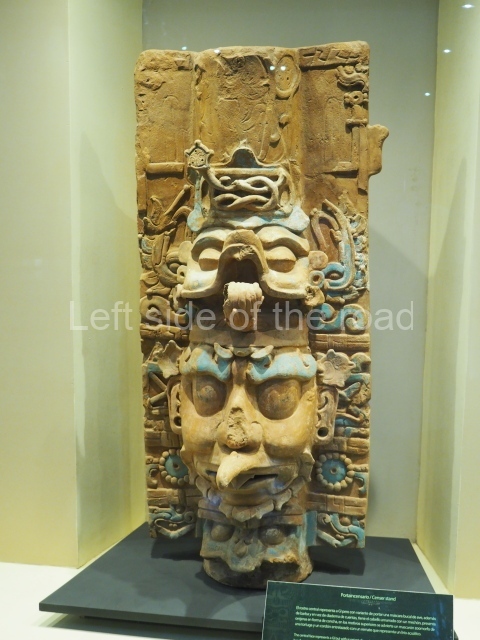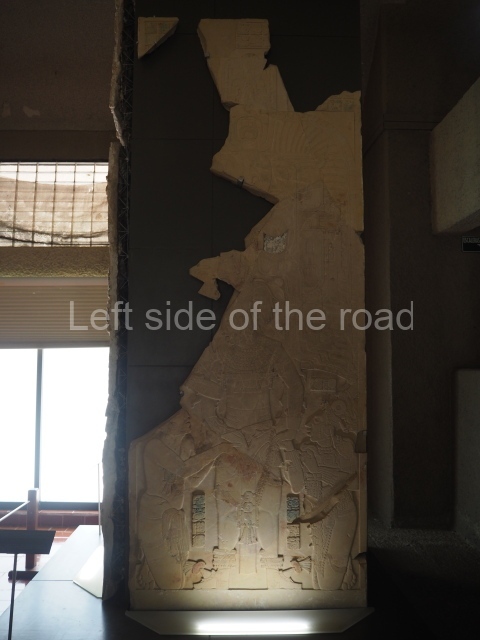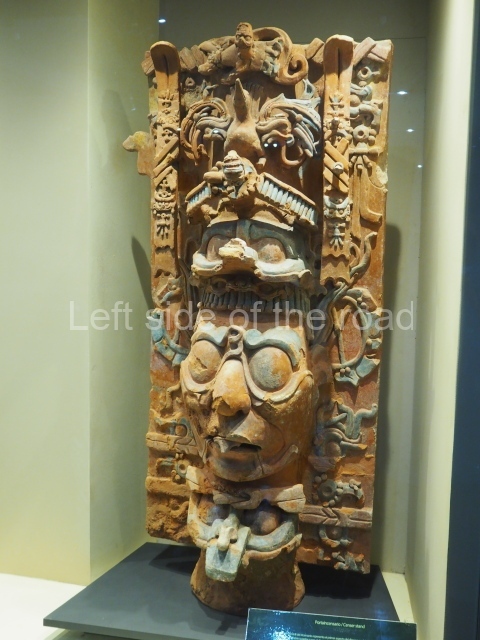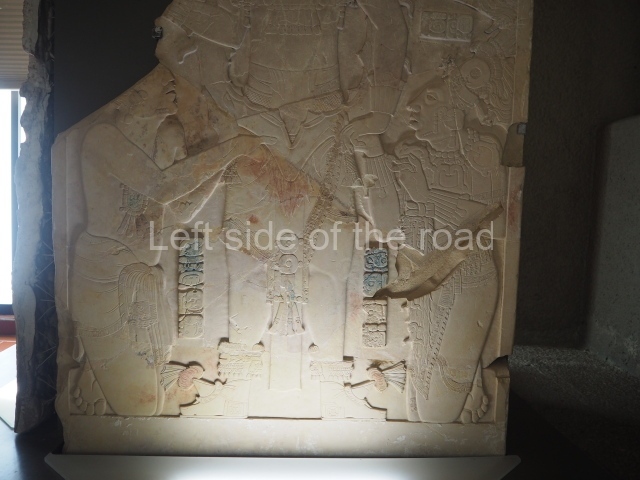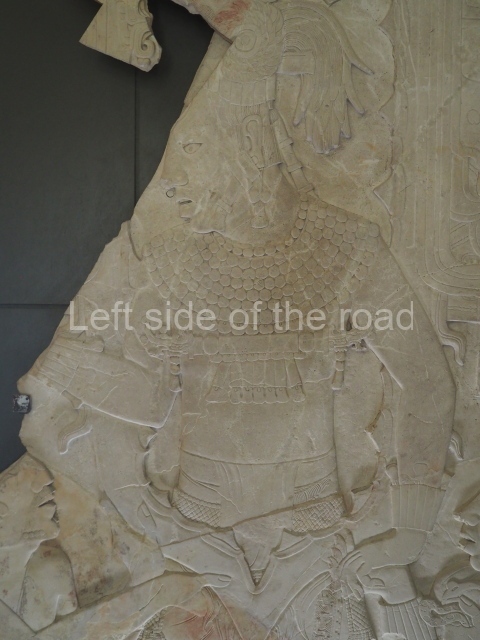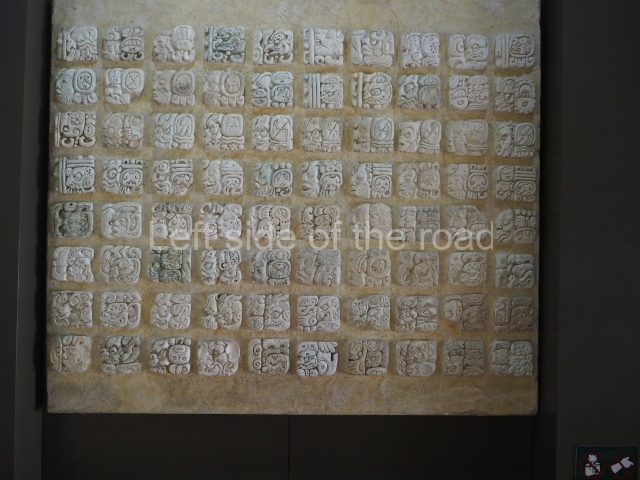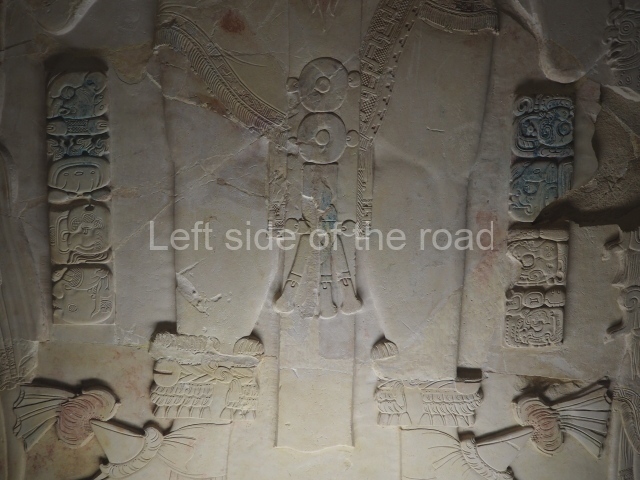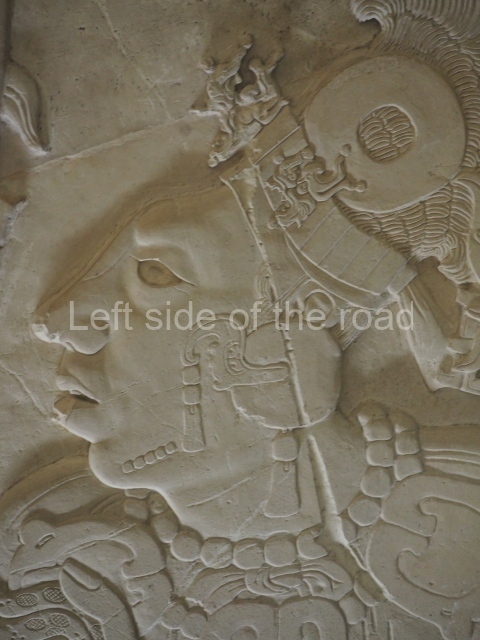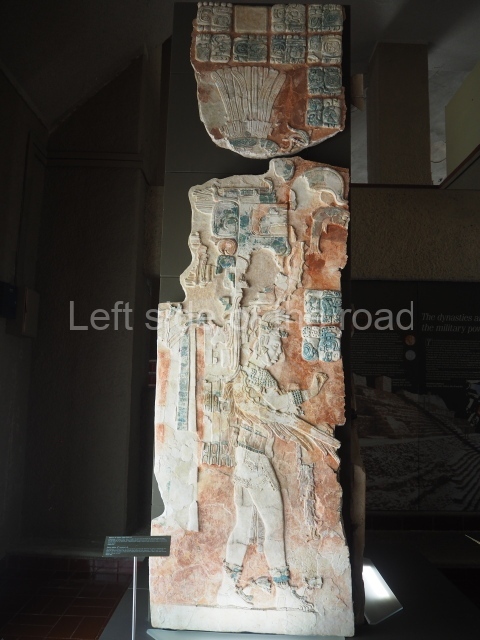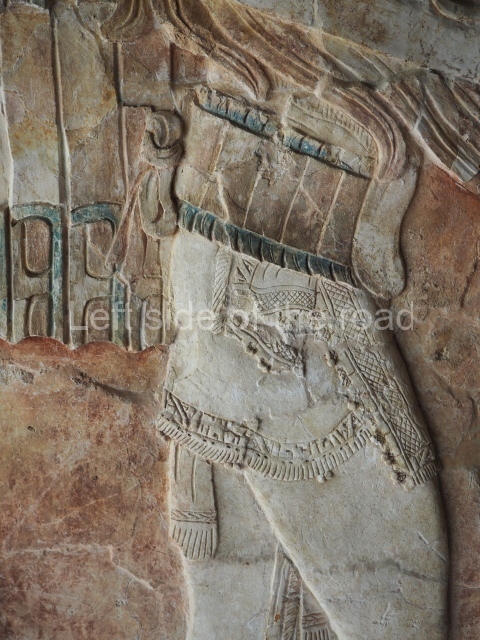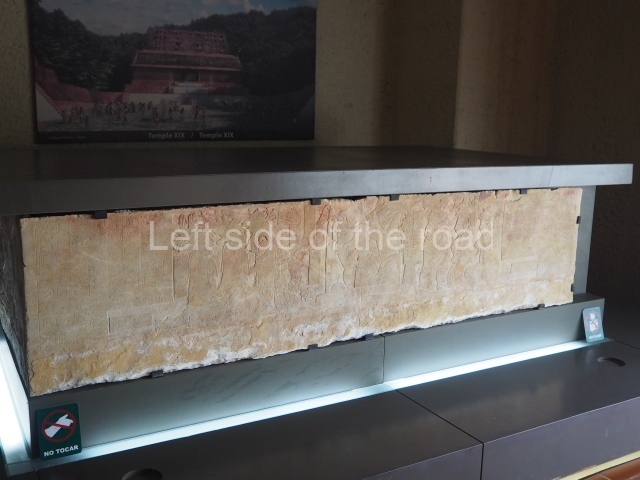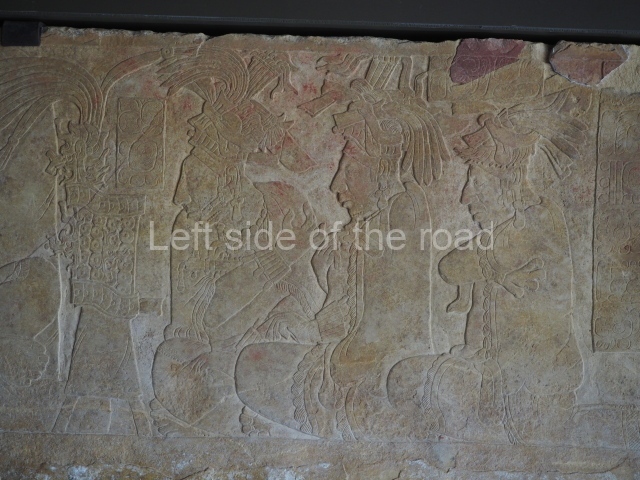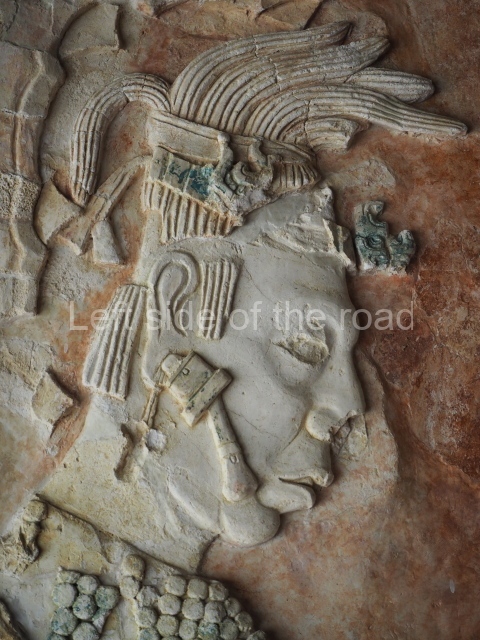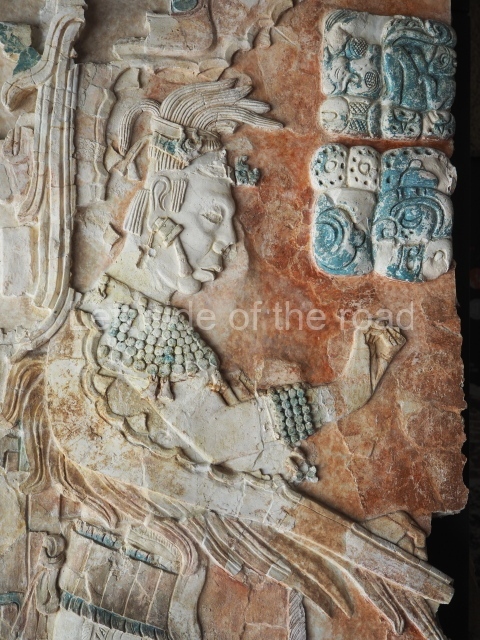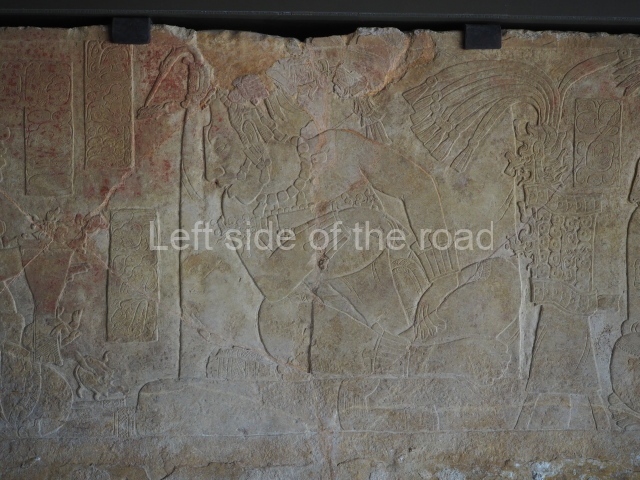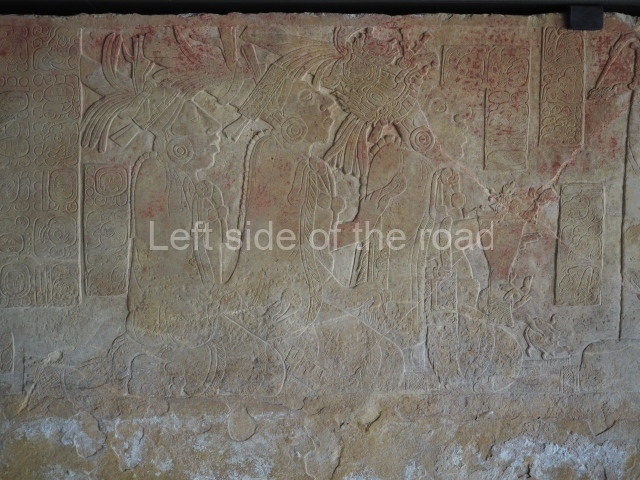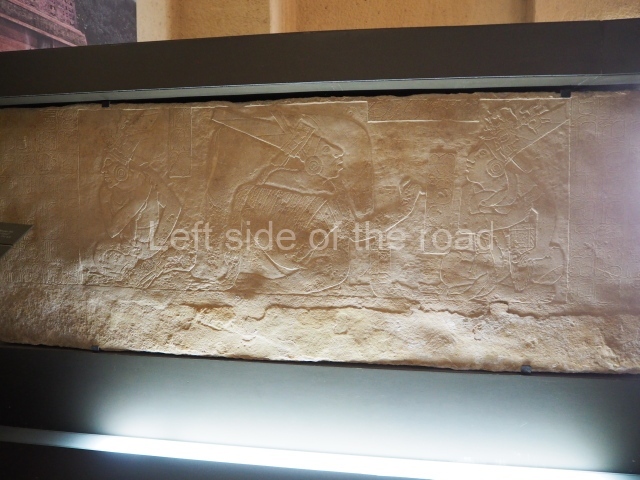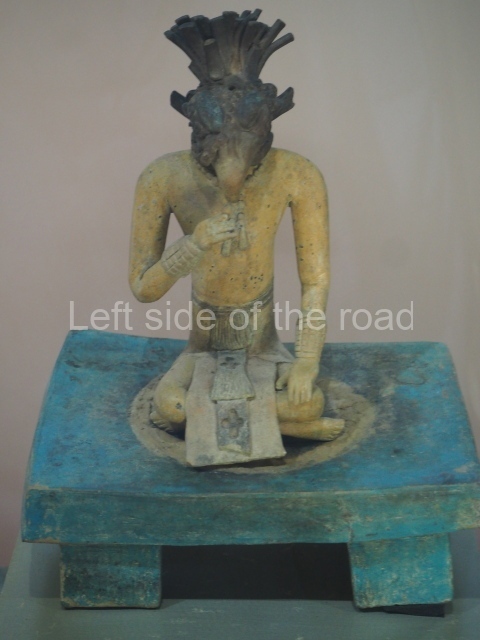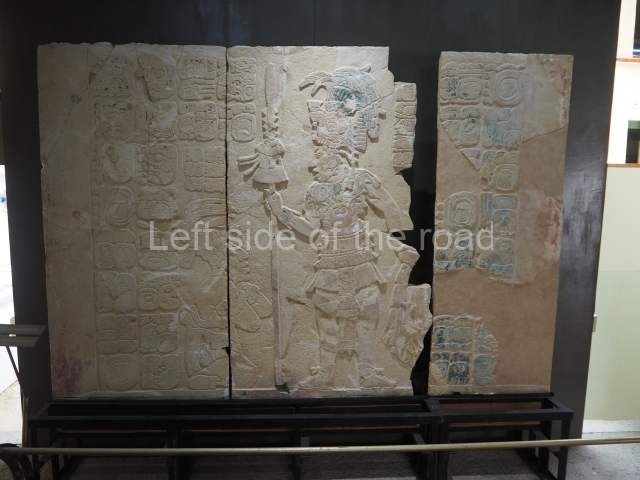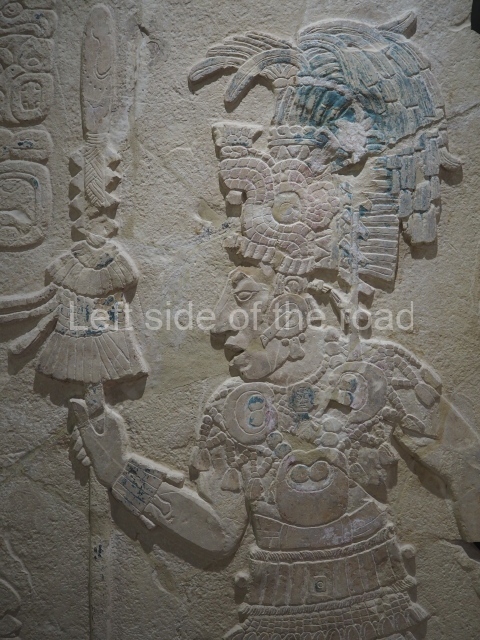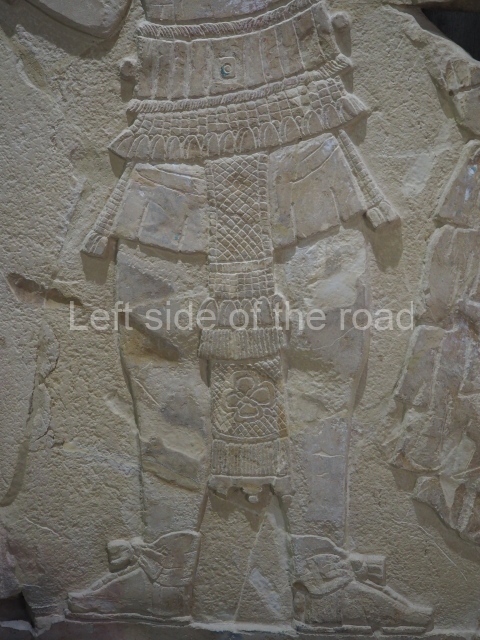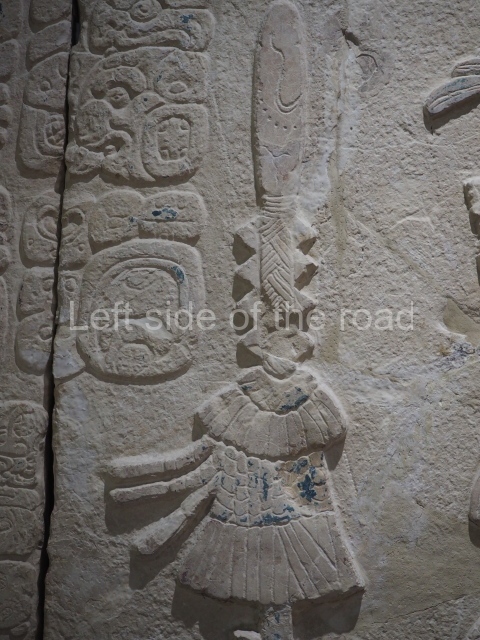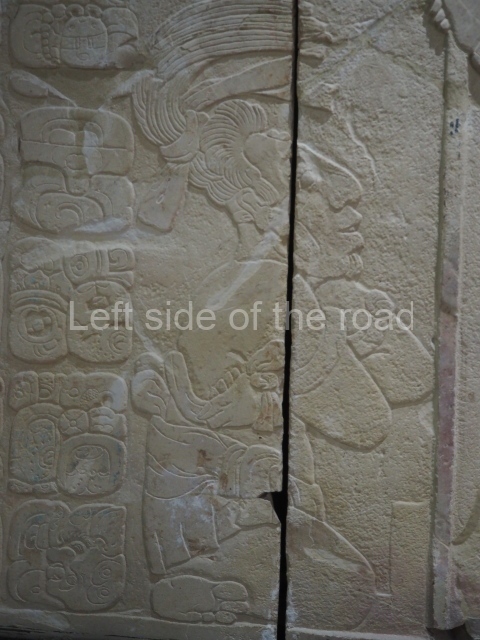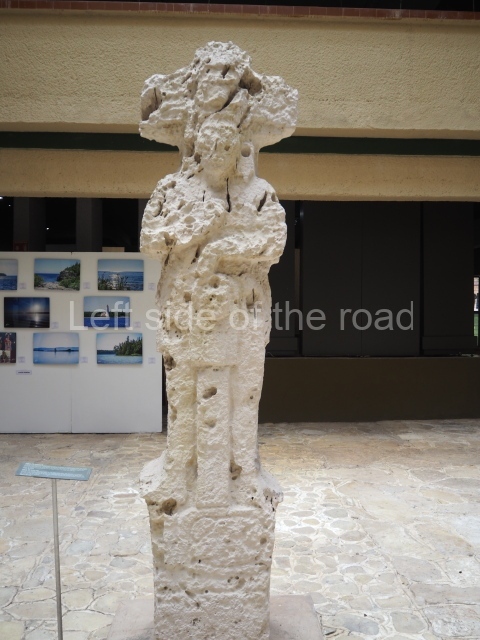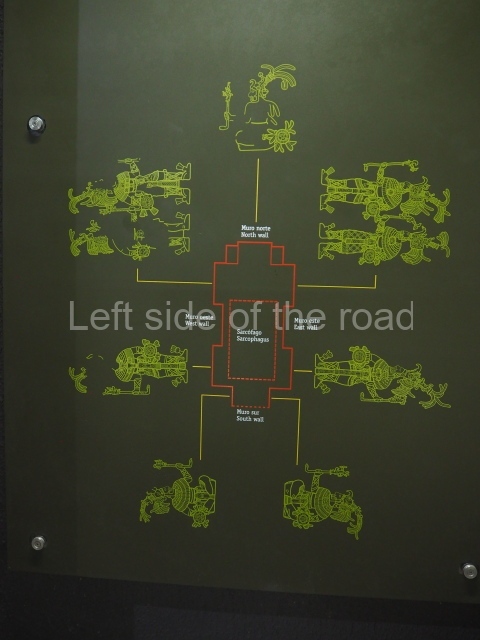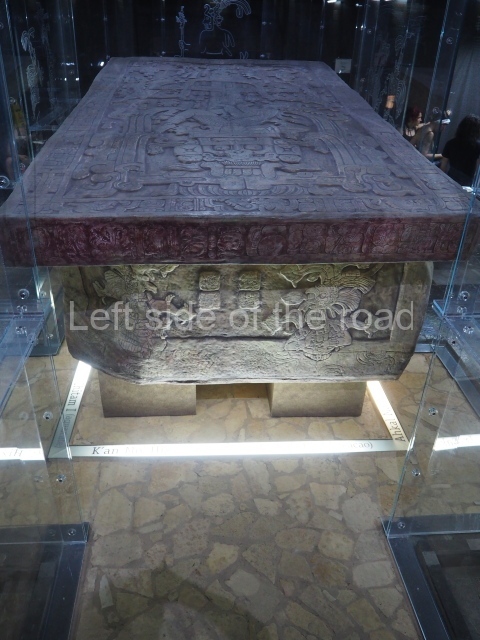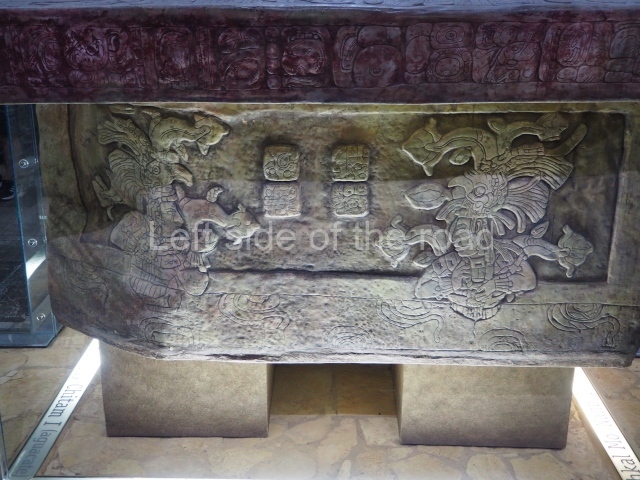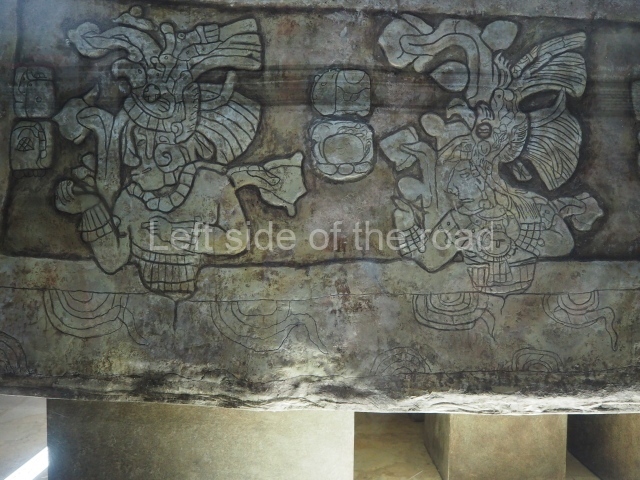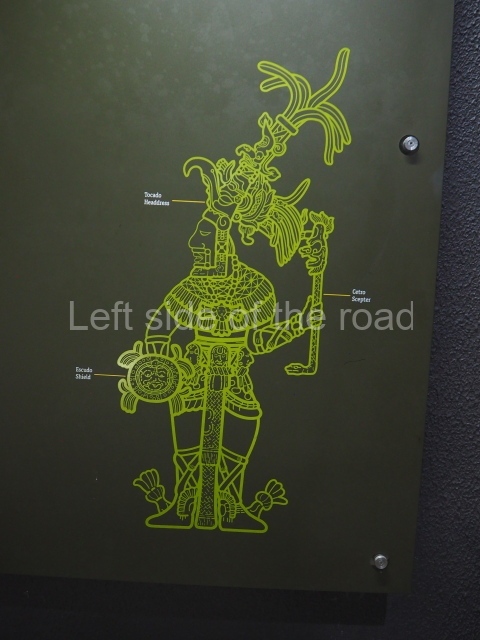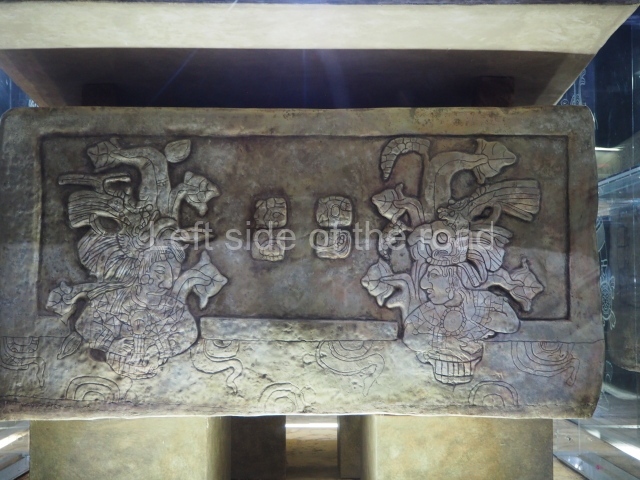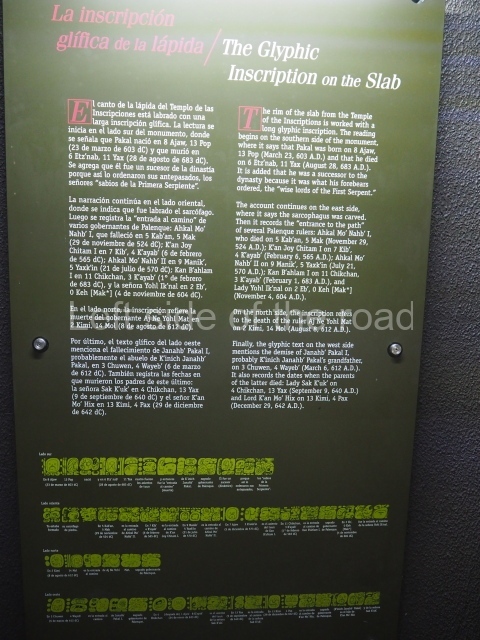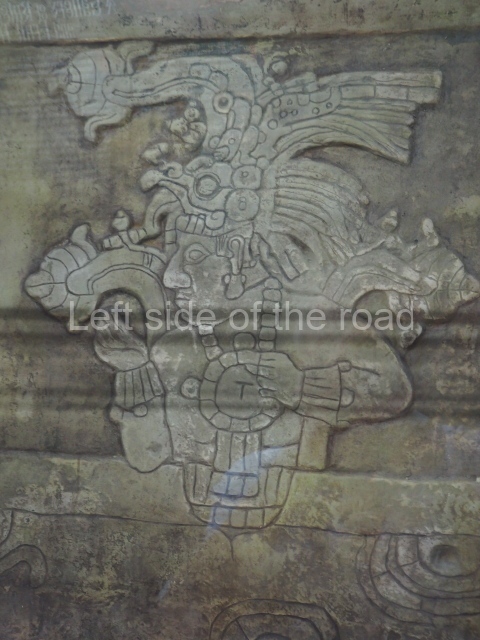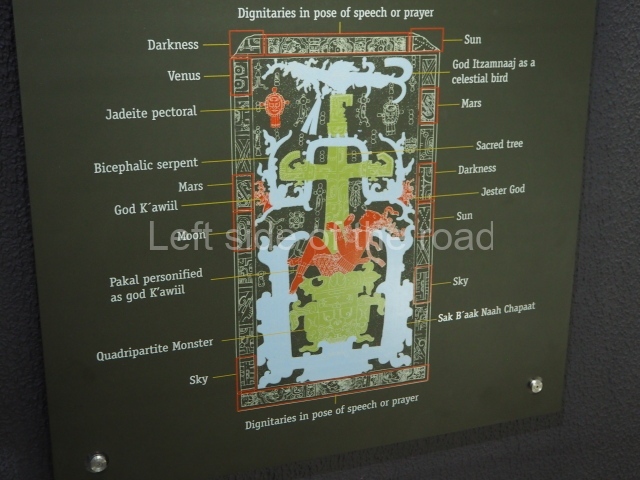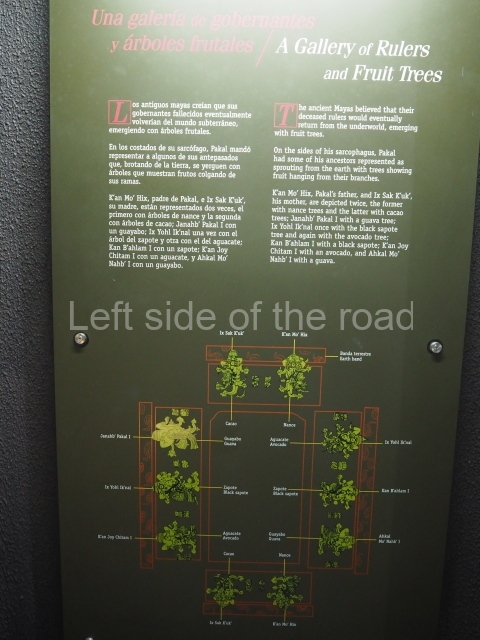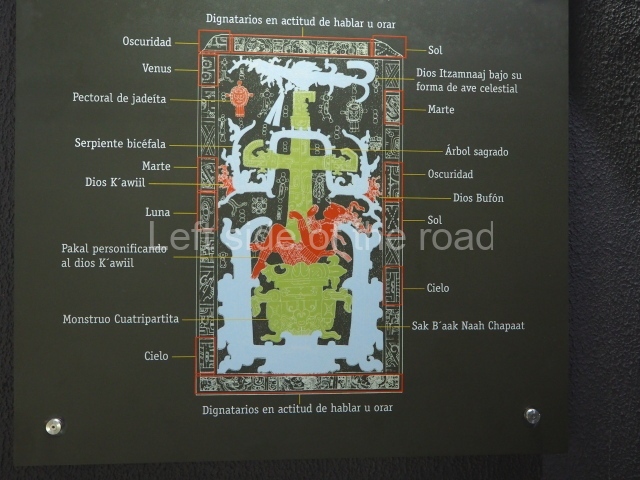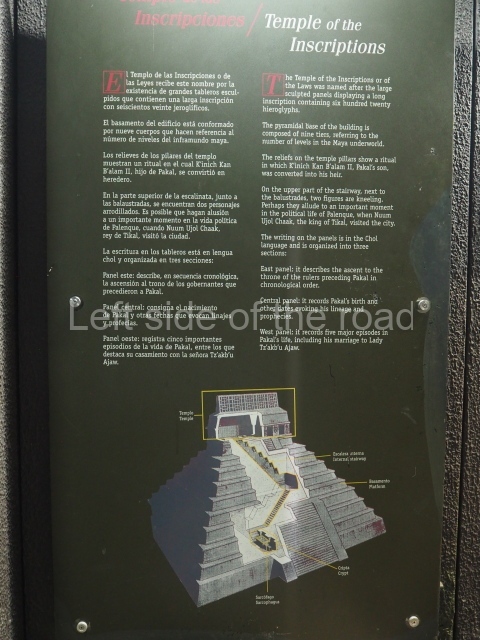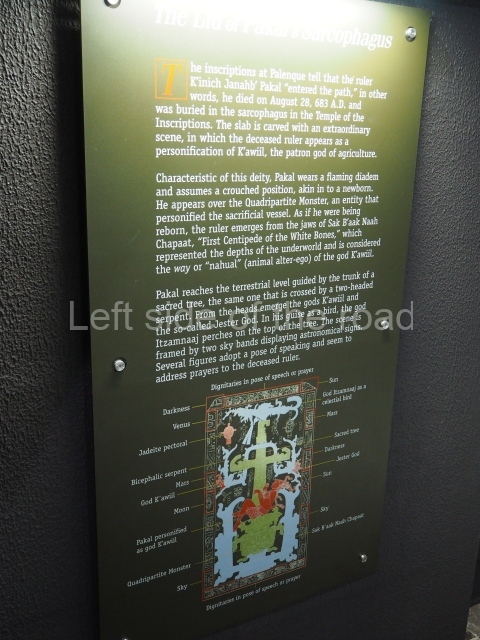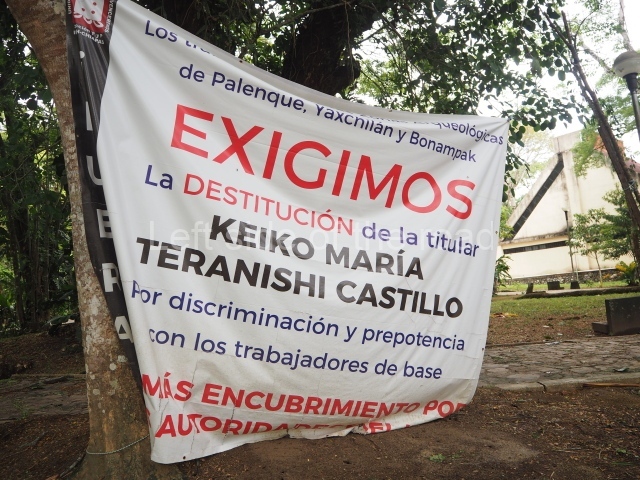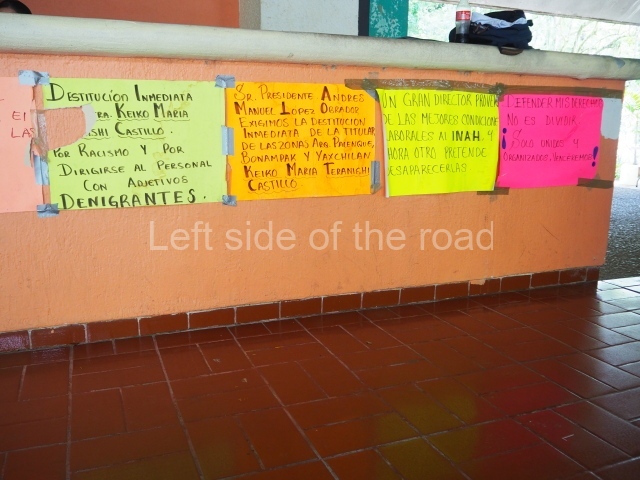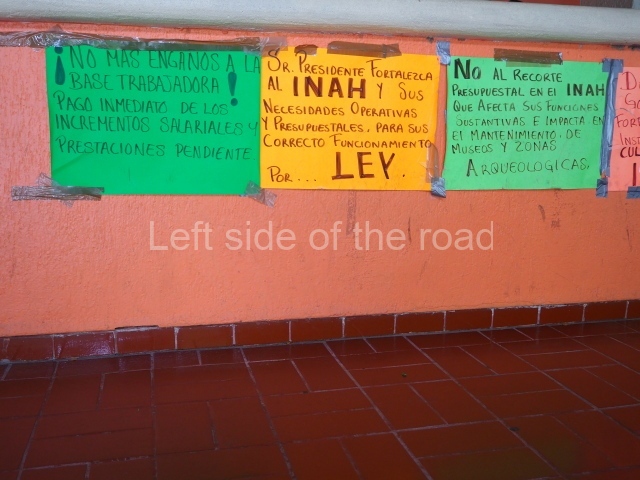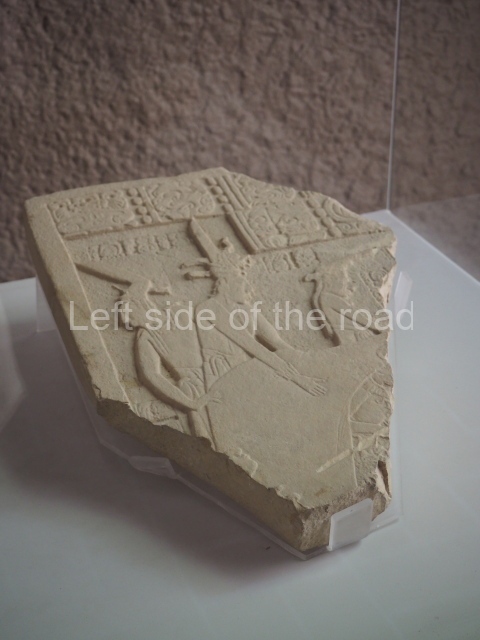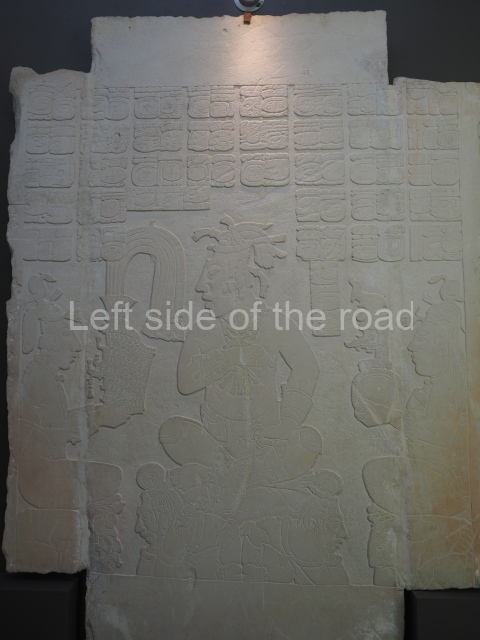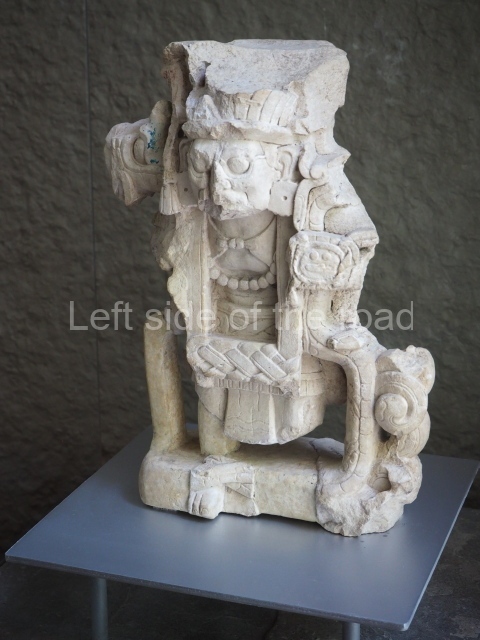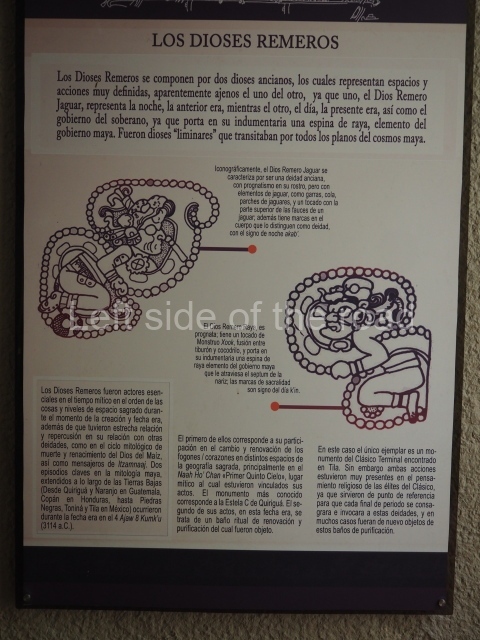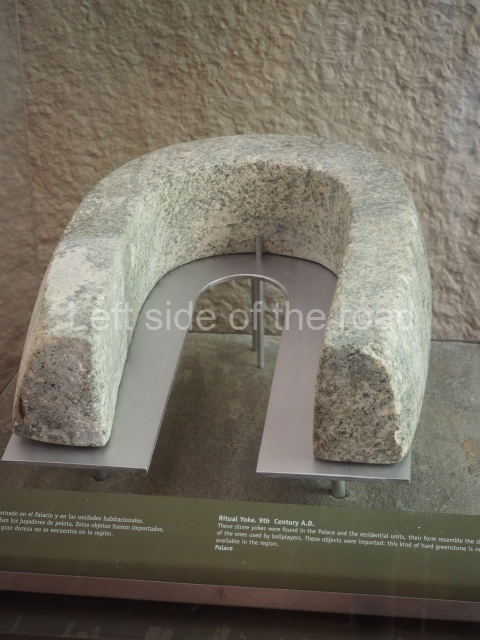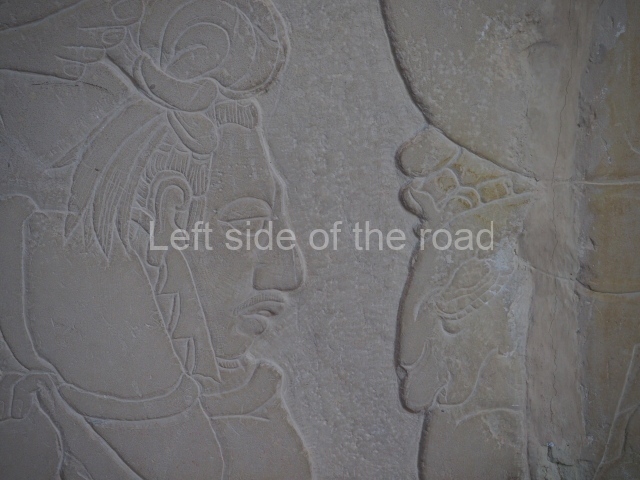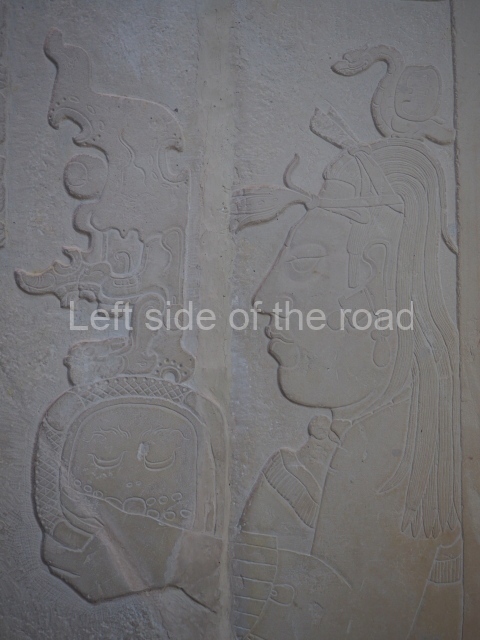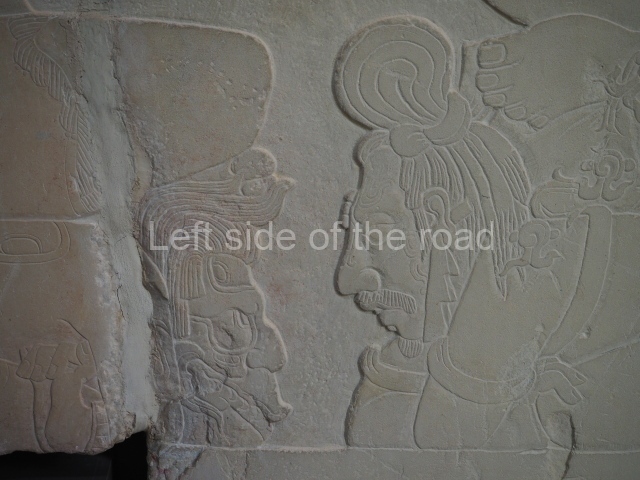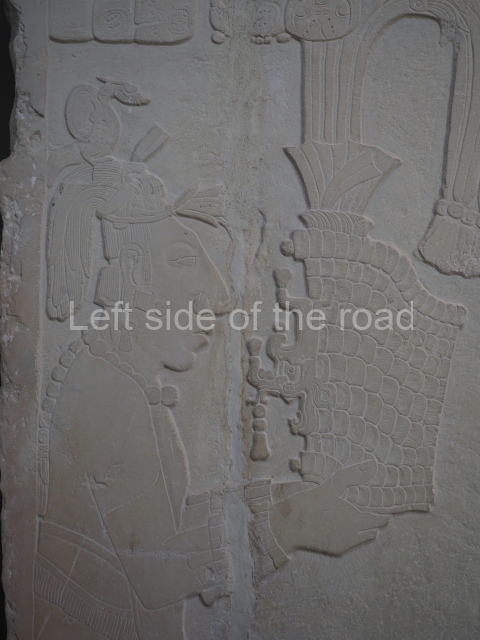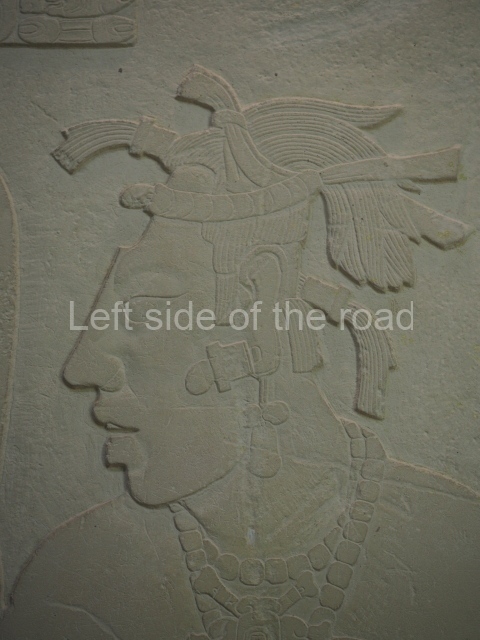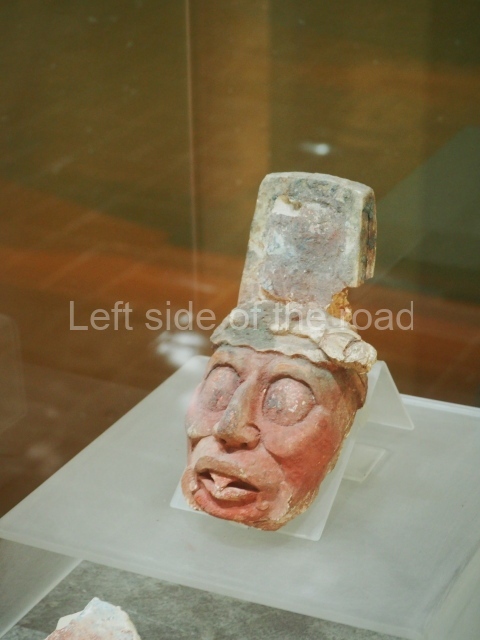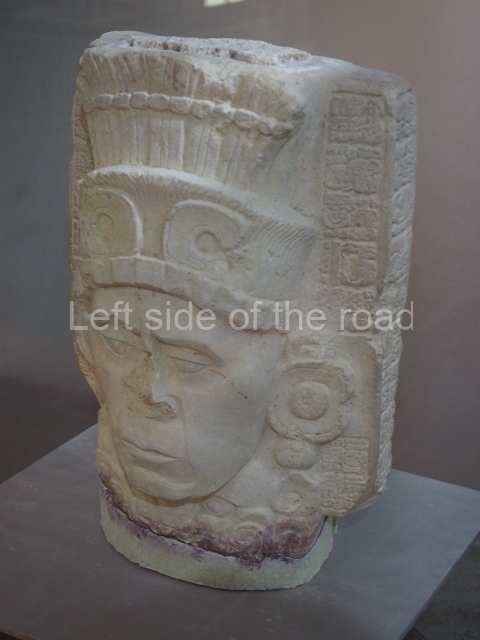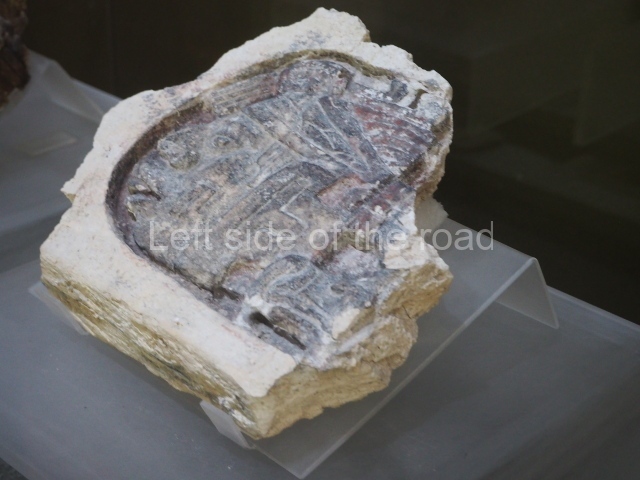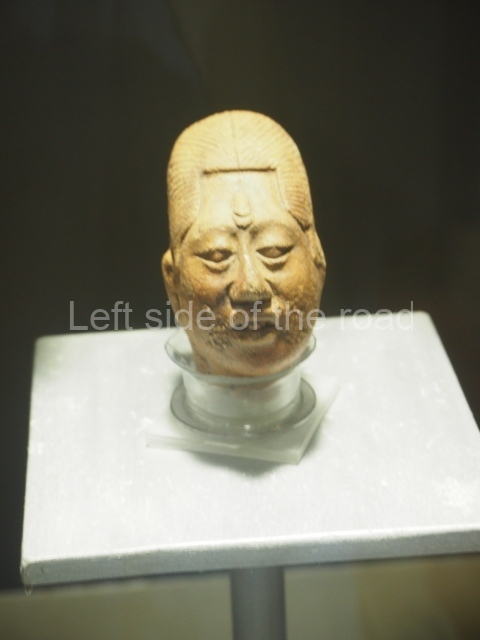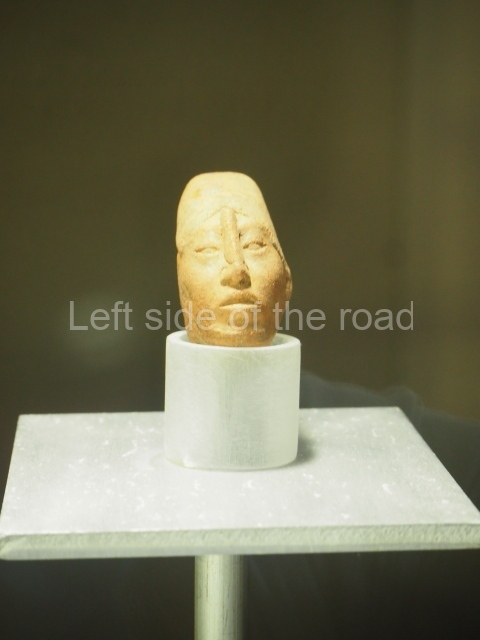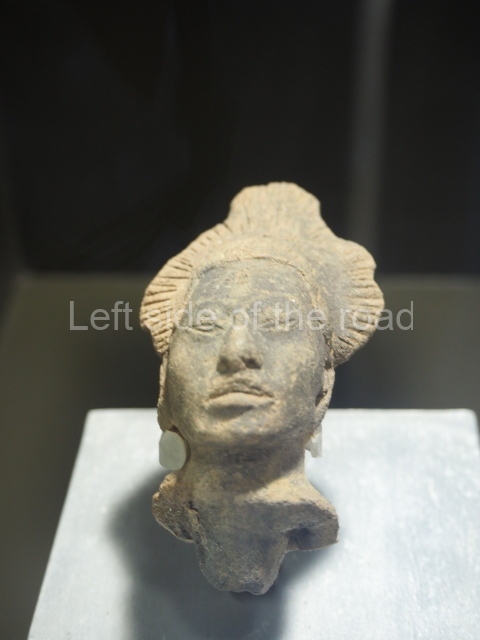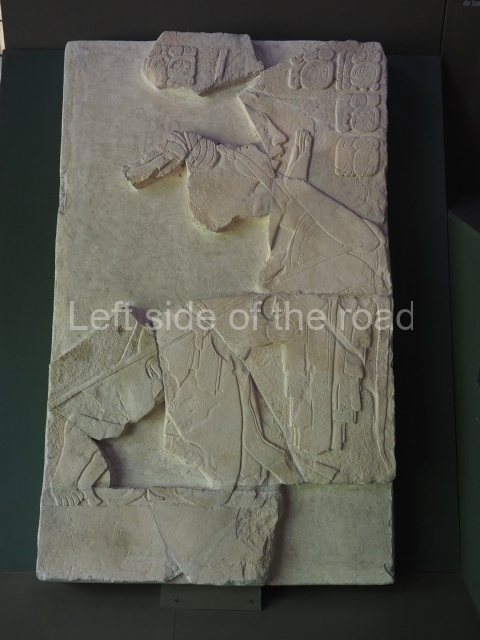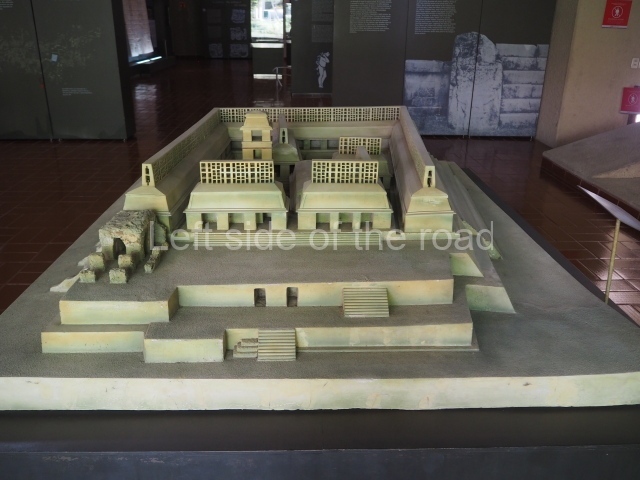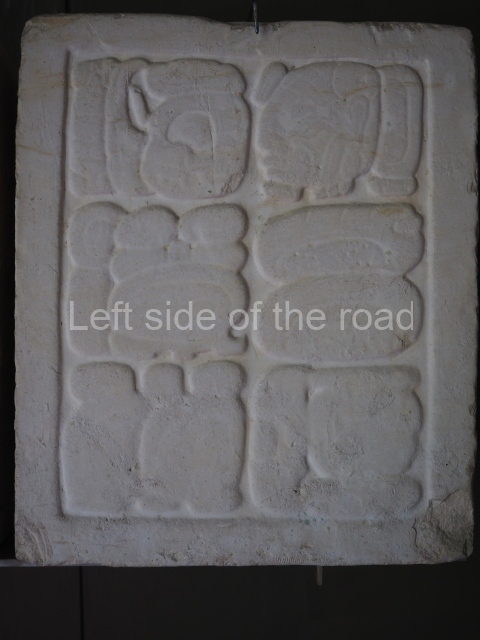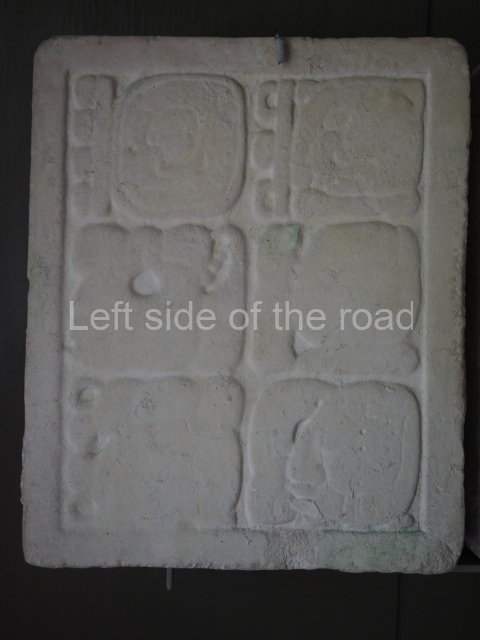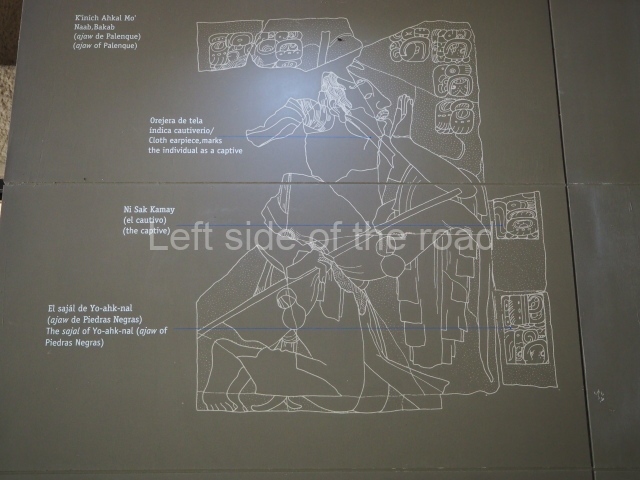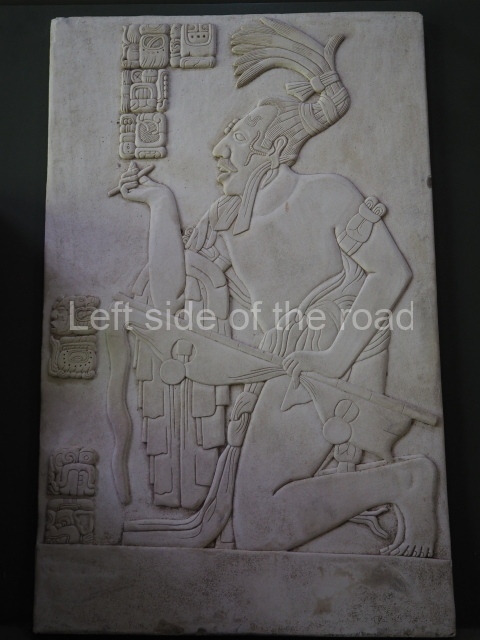Palenque site museum
Alberto Ruz Lhuillier Palenque Site Museum
This holds the archaeological and historical collection pertaining to the ancient city of Palenque. It opened in May 1993. It is situated 1.5 km from the site and in addition to other buildings forms part of the service area for the archaeological park. There are two rooms with permanent exhibitions. The first one, on the ground floor, contains approximately 260 archaeological pieces ranging from ceramic, lithic, stucco, bone, shell and jadeite artefacts. There are also several magnificent, finely executed limestone tablets with scenes of enthronements; they once decorated some of the buildings at the site. This same room also contains an excellent collection of incense burners made out of clay and profusely decorated and painted, demonstrating the profound magic-religious sense and extraordinary aesthetic sensibilities of the ancient city’s population.
[The second room at the top of the museum is given over to the history of archaeological research at Palenque, from the late 18th century to the present day. The exhibition is accompanied by illustrations and objects representing the milestones when pioneers, travellers, explorers and researchers contributed in one way or another to the knowledge of the site and the conservation of one of the most important cities in the Maya culture. This room also contains a small space for temporary exhibitions.] This was closed in June 2023.
Videos are used in both rooms to offer a brief summary of the archaeology of Palenque. [Not in June 2023]
A replica of the Tomb of Pakal was recently completed and a new area is now open. This space exhibits exact replicas of the funerary chamber (7×3.75 m and 6.5 m high) and the sarcophagus (3×2.10 m and 1.10 m high). Also on display is a reproduction of the limestone lid (3.80×2.20 m and 25 cm thick) with its low-relief carvings. This slabstone represents the image of Pakal and shows all the elements depicted in the sarcophagus and lid reliefs. Meanwhile, the translucent walls display images of the nine dignitaries from the underworld and Pakals ancestors, represented on the inner walls of the original chamber. Using printed, electronic and audiovisual media, the room dedicated to the Tomb of Pakal explains how it was discovered, its significance in the Maya world view and the decipherment of its inscriptions and hieroglyphs. Another of the novelties in this new space is the reproduction of the funerary mask (24×19 cm) worn by Pakal in his tomb, which consists of 340 pieces of jade.
[I can’t find out definitively but, I assume, the original is still in situ, it being almost impossible to remove it without destroying the building in which it is housed.]
From: ‘The Maya: an architectural and landscape guide’, produced jointly by the Junta de Andulacia and the Universidad Autonoma de Mexico, 2010, pp157-159.
Getting there;
The museum is in the complex where you pay your entrance both into the National Park and the site. If you are facing the ticket office the museum is to your left, about 50 metres away.
Entrance;
Your ticket to the site allows access to the museum – but there is no check, so it’s basically free. Open from 09.00 every day but Monday.


